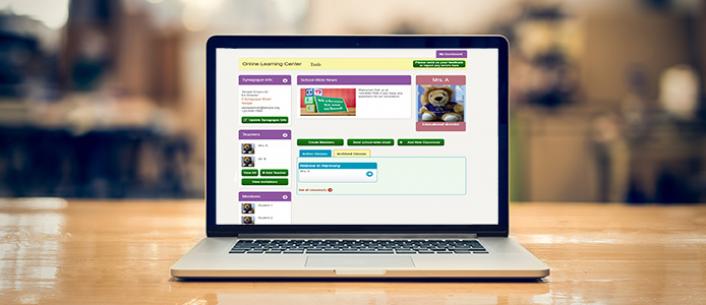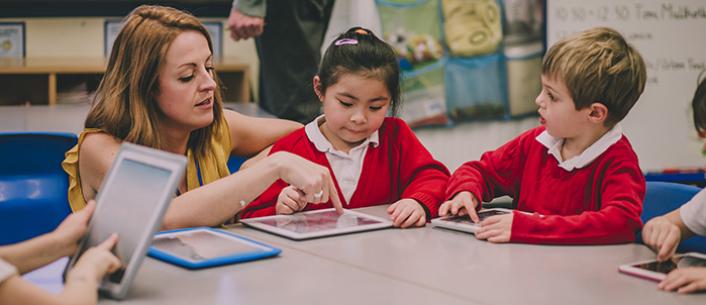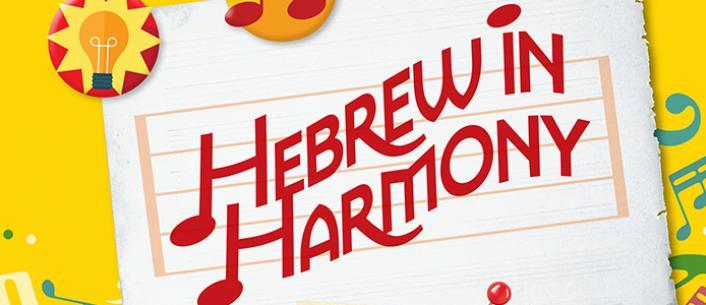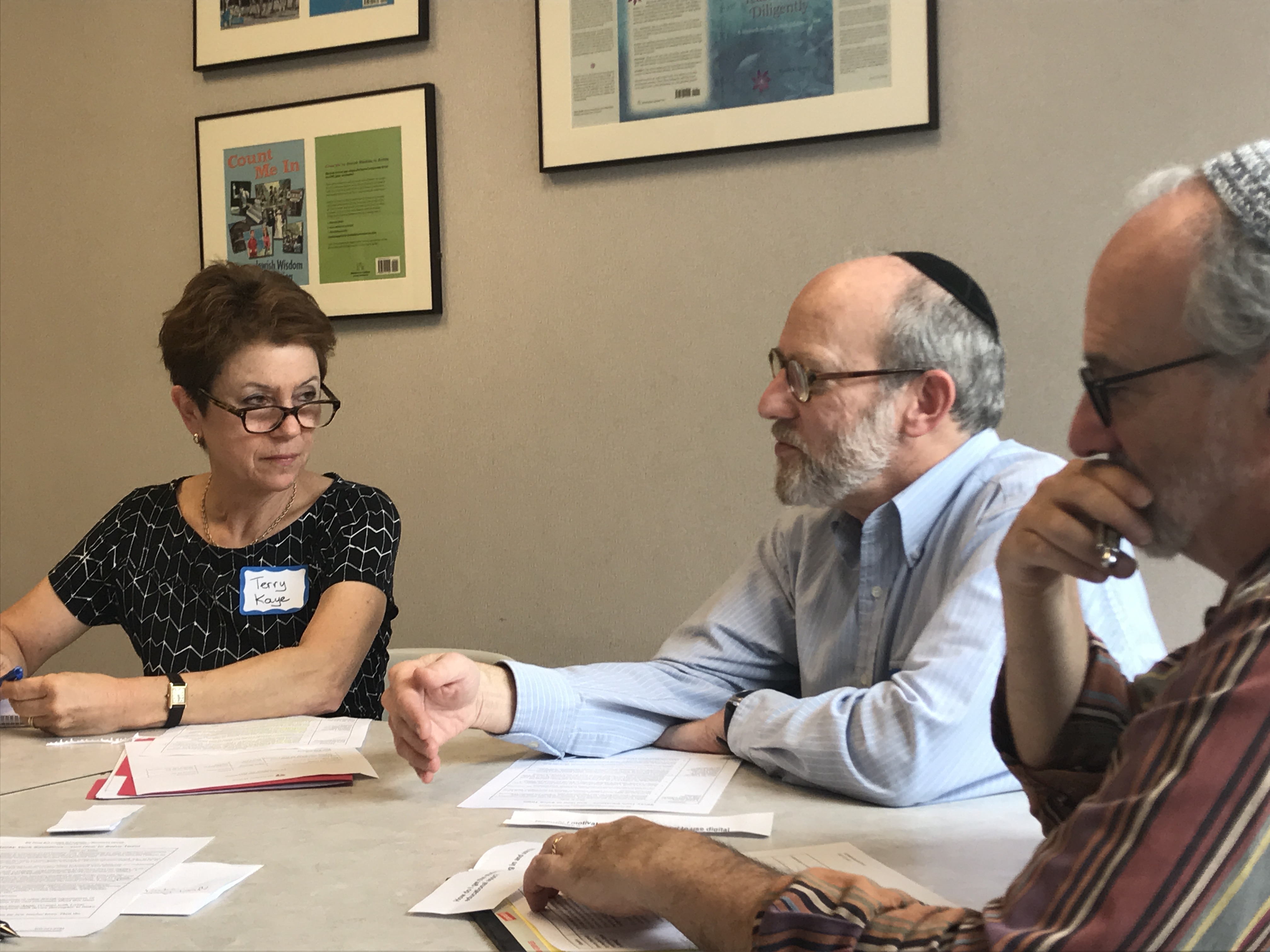apps
-
1 AugRead more »
When Temple De Hirsch Sinai in Seattle adopted Hebrew in Harmony last year, educators wanted to ensure that the students had access to the rich content of the app in class. With more students than ipads, the school turned to small groups as a strategy.
Stacey Delcau, director of education at the school, invested in headphones and splitters so two students could be on an iPad at the same time.
Teachers in grades four and five devised small-group stations for students to rotate through during their lessons. While a teacher worked on reading with a small group, students at other stations worked on assignments in the Hebrew in Harmony journals, or related art projects, while other students practiced their Hebrew reading or watched the videos explaining the meaning of a prayer on the iPad.
“We’ve had success with stations and small groups using this curriculum,” says Delcau. “It gives teachers one more tool at their disposal to mix
-
7 FebWatch an overview of Hebrew in Harmony Digital, and try it - FREE - with the Sh'ma prayer.Read more »
-
28 DecRead more »

Whether you’re new to the Online Learning Center or a seasoned user, sitting down to set up your virtual synagogue for the new school year doesn’t have to be intimidating. We’ve gathered some helpful tips and tricks so you can master the Online Learning Center and guide your students with success.
1. Know there’s a learning curve
Be patient with yourself. Any new technology takes time to understand, and each and every user started somewhere. We’ve got several resources to help and you can always contact us along the way if you run into any bumps in the road.2. Know wha
-
28 DecRead more »

With students back and classes getting underway, now is the right time to set your expectations for student participation in the Online Learning Center, however you choose to use it. Reinforcing those expectations often are key to a successful, engaged year.
Set Expectations
For Hebrew especially, ongoing regular practice is a large part of a successful Hebrew learning experience. When you set clear expectations early on in the school year, you give students and parents guidelines and an idea of how the curriculum will work.
We recommend early communications with families to establish your expectations. A presentation -- perhaps at back-to-school night -- that outlines your expectations also provides
-
28 DecRead more »
We hosted a Ed Tech Solutions gathering at Behrman House headquarters this week, giving local educators the opportunity to learn about tech trends and tools to engage students, play with some learning apps, and get help for their digital learning needs.
One session, led by Terry Kaye and designed especially for education directors, focused on tech trouble spots. Here's what you need to know to work through common tech challenges.
I want to use digital apps but we don’t have reliable wifi in our building.
1. Make it a priority to get reliable wifi. Advocate for it! Research the options. Demonstrate to your education committee and/or board the digital learning tools students will be able to use in class, especially in small groups, to enrich the learning. Explain the benefits (improved decoding skills, greater in-class e
-
28 DecRead more »

You don't need to be musical or tech savvy to teach Hebrew in Harmony, our new multimedia prayer curriculum.
In fact, we know not every school has wifi or devices for each student. That's why we have options so you and your students can use the digital piece, whatever your tech situation.
The minimal option
When you order a Hebrew in Harmony Curriculum Core, you can get one free digital license. That license includes all the downloadable music, videos, games, Hebrew recording and feedback options, and more. Students will get benefit the most if they have individual access to the digital, but if that's not a reality for your school, you can teach Hebrew in Harmony i
-
28 DecRead more »

Help your students practice Hebrew with easy-to-access practice and games. Our Online Learning Center portal is full of free games, tools, and samples in an easy-to-navigate format.
Students can now use this link: www.behrmanhouse.com/enterOLC to access these free resources directly, as well as any Online Learning Software they may have. (Our previous links to free practice and games will also continue to work.)
These programs are available to every BehrmanHouse.com user with an email address.
What You’ll Find:
-
27 DecRead more »

Seven new prayers will be available January 16 as part of the groundbreaking Hebrew in Harmony prayer series. This multimedia prayer curriculum engages 4th-6th graders in joyful learning through arts, movement, mindfulness, and more – all rooted in music.
Choose from among individual modules – each devoted to a different prayer – and teach them in any order. Students learn to sing and pray in Hebrew, as well as read, explore, and interpret prayer text in ways that encourage them to make emotional connections to and create meaning from the prayers.
The best way to get started in Hebrew in Harmony is through the Curriculum Core, which guides educators in how to use the modular program and its coordinating components (student jo

